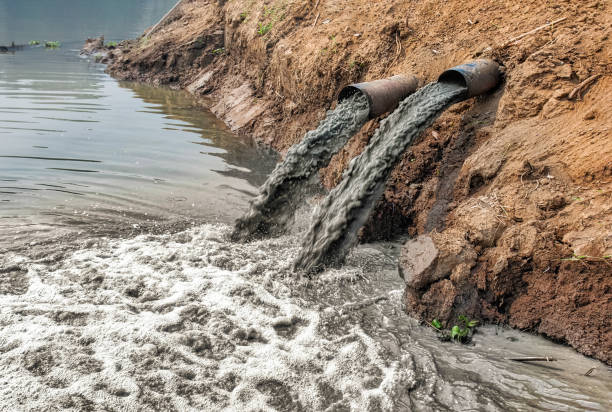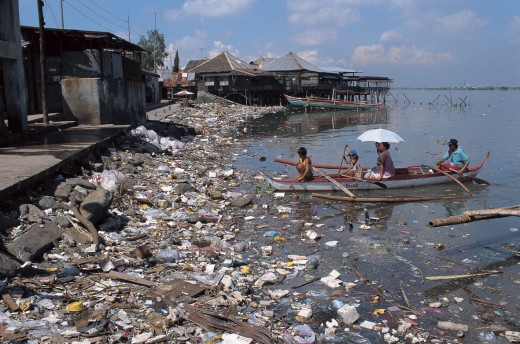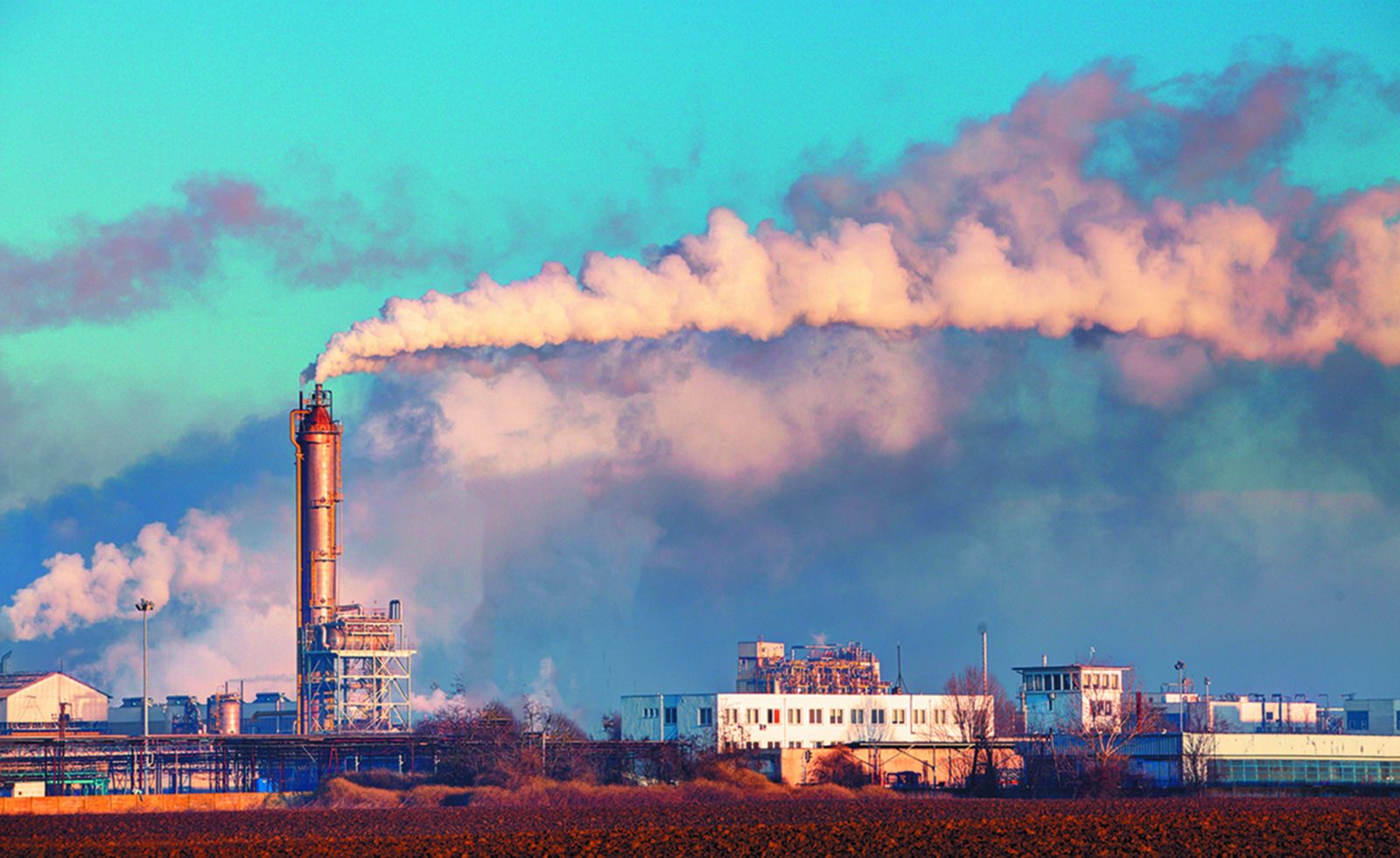Land pollution
Monday, April 22, 2019
Air Pollution by Aarish and Muntaqa
Introduction:
Air pollution is a mixture of natural and man-made substances in the air we breathe. It is typically separated into two categories: outdoor air pollution and indoor air pollution.
Outdoor air pollution involves exposures that take place outside of the built environment. Examples include:
- Fine particles produced by the burning of fossil fuels (i.e. the coal and petroleum used in energy production)
- Noxious gases (sulfur dioxide, nitrogen oxides, carbon monoxide, chemical vapors, etc.)
- Ground-level ozone (a reactive form of oxygen and a primary component of urban smog)
- Tobacco Smoke
Indoor air pollution involves exposures to particulates, carbon oxides, and other pollutants carried by indoor air or dust. Examples include:
- Gases (carbon monoxide, radon, etc.)
- Household products and chemicals
- Building materials (asbestos, formaldehyde, lead, etc.)
- Outdoor indoor allergens (cockroach and mouse dropping, etc.)
- Tobacco smoke
- Mold and pollen
In some instances, outdoor air pollution can make its way indoors by way of open windows, doors, ventilation, etc.
What health effects are linked to air pollution?
Over the past 30 years, researchers have unearthed a wide array of health effects which are believed to be associated with air pollution exposure. Among them are respiratory diseases (including asthma and changes in lung function), cardiovascular diseases, and even death.
How can I reduce my risk for air pollution exposure?
Indoor air pollution can be reduced by making sure that a building is well-ventilated and cleaned regularly to prevent the buildup of agents like dust and mold. Occupants would also be wise to remove any known pollutants and or irritants (aerosols, stringent cleaning supplies, etc.) whenever possible.
Outdoor air pollution exposures can be reduced by checking one’s Air Quality Index (AQI), avoiding heavy traffic when possible, and avoiding secondhand tobacco smoke.
How is air pollution linked to climate change?
While climate change is a global process, it has very local impacts that can profoundly affect communities, not the least of which is air pollution.
Increasing temperatures are directly linked to poor air quality which, in turn, can affect the heart and exacerbate cardiovascular disease. Examples of this may include a rise in pollen, due to increased plant growth, or a rise in molds, due to severe storms both of which can worsen allergies and other lung diseases, such as asthma.Scientists say an increasing rise in ozone levels are also a .
Air pollution
AIR POLLUTION
Air pollution occurs when gases & dust particles are introduced into the atmosphere in a way that makes it harmful to humans, animals, plant, crops and cities. This is because the air becomes dirty and contaminated due to toxic material and also because of air pollution the climate also changes as well as the health of living things is also effected. Air pollution occurs by many things like burning garbage, cars , industries and many more

Sunday, April 21, 2019
Land Pollution
LAND POLLUTION is the destruction of the earth's land surfaces,often directly or indirectly as a resit of man's activities and their missus of land resources. The effects and aftermath of this type of pollution is harmful and dangerous for the mankind, animals and plants. It affects the climatic conditions and also pollute the soil losing its fertility, the soil becomes useless. Its harmful to grow fruits and vegetables on the soil as it has bacteria and is polluted. To reduce land pollution we should not litter and clean our surroundings.
Amna,Yumna and alishba

Amna,Yumna and alishba

Subscribe to:
Comments (Atom)



